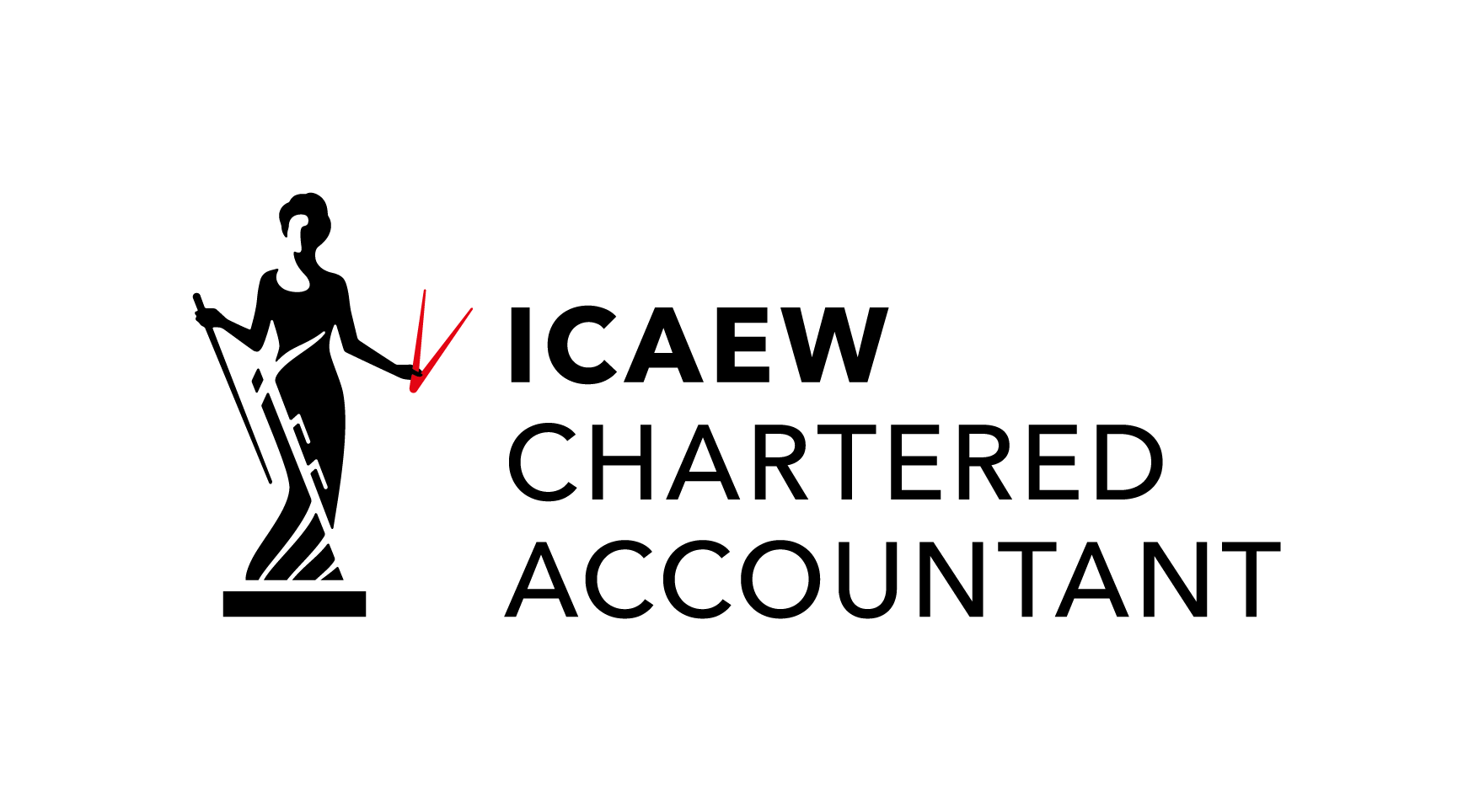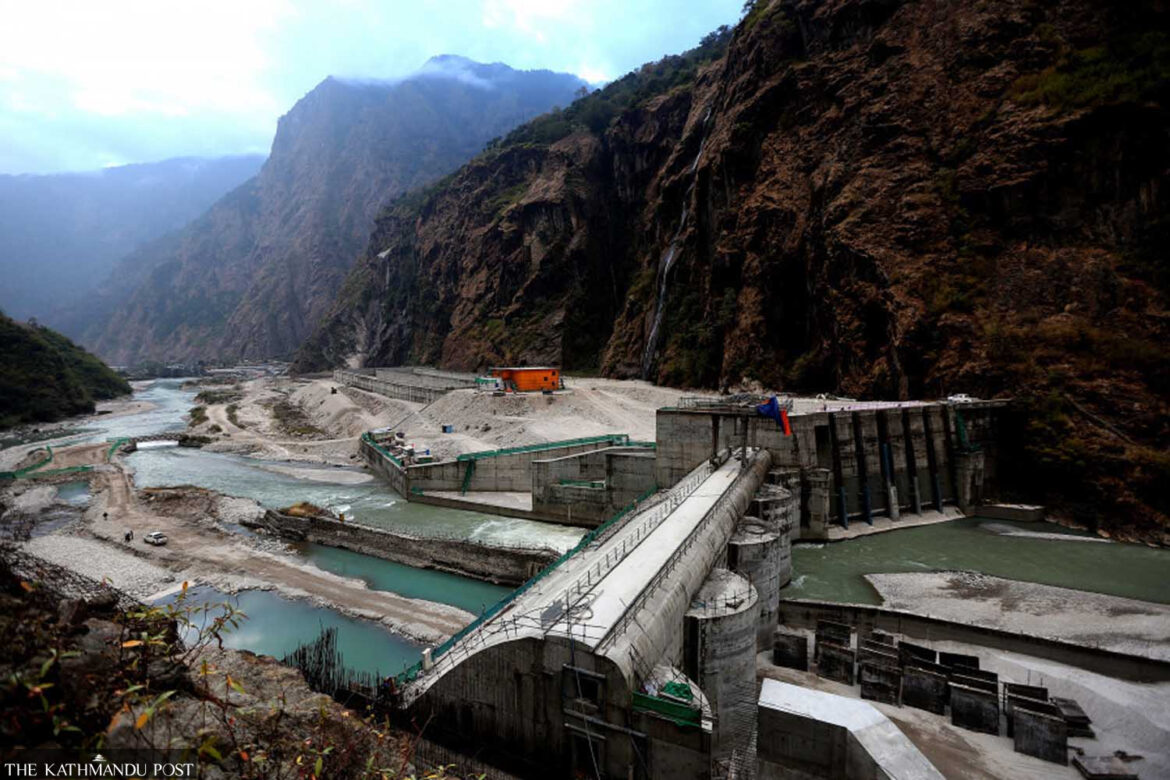Nepal plans to develop 30,000MW of electricity by 2035 as the market for Nepal’s hydropower is opening up in India and Bangladesh.
The Minister for Energy, Water Resources and Irrigation Shakti Bahadur Basnet said on Tuesday that the government was preparing to come up with a comprehensive energy development programme supported by a concrete action plan for the next 12 years. “Under this programme, we aim to produce electricity in the range of 25,000MW-30,000MW of electricity by 2035,” Minister Basnet said while speaking at the foundation laying ceremony for the construction of the construction of 216MW Upper Trishuli-1 Hydroelectric Project on Tuesday. He said Nepal’s own electricity demand is expected to reach 15,000MW in the next 12 years. Besides development of hydropower projects, the roadmap will also involve constructing required transmission and distribution facilities and institutional reforms as well, according to him.
According to Nepal Electricity Authority, the country’s existing generation capacity is around 2,800MW. “Several projects with combined capacity of around 5000MW are under construction,” the minister said. Pointing at India’s announcement, made during Prime Minister Pushpa Kamal Dahal’s visit to India recently, to buy 10,000 MW over a 10-year period, he said that Nepal sought more foreign investment in the sector. Minister Basnet, who laid the foundation stone for the development of the project remotely from Kathmandu, praised South Korean investment in the 216MW Upper Trishuli-1 Hydroelectric Project saying that it is a significant high quality investment in Nepal’s hydropower sector.
Nepal Water and Energy Development Company, a joint venture between Nepal and South Korea is developing the project located at Dhunche in Rasuwa district, 70km north of Kathmandu. In 2022, the company completed its financial closure for the project where it plans to invest as much as $647.4 million to develop the mega hydroelectric project. South Korean companies have 75 percent stake in the equity of the company while International Finance Corporation (IFC), has 15 percent stake and Nepal local partner has 10 percent stake, according to the joint venture company. The joint venture company is the first-ever private company with which the energy ministry signed a project development agreement in December 2016. Since the entry of Korean South East Co, a South Korean company involved in renewable energy, in 2011, it took another 12 years to start the actual construction.
Speaking during the event, South Korean Ambassador to Nepal Park Tae-Young said Upper Trishuli-1 is the third hydropower project in Nepal that got financing from South Korea. Chameliya and Modi Khola are other two projects completed earlier with South Korean funding. Construction of Upper Trishuli-1 is expected to be completed in the next five years, which is a run-of-river type project. The project built under Build, Own, Operate and Transfer modality will come under the ownership of the Nepal government after 30 years.
Source: TheKathmanduPost


